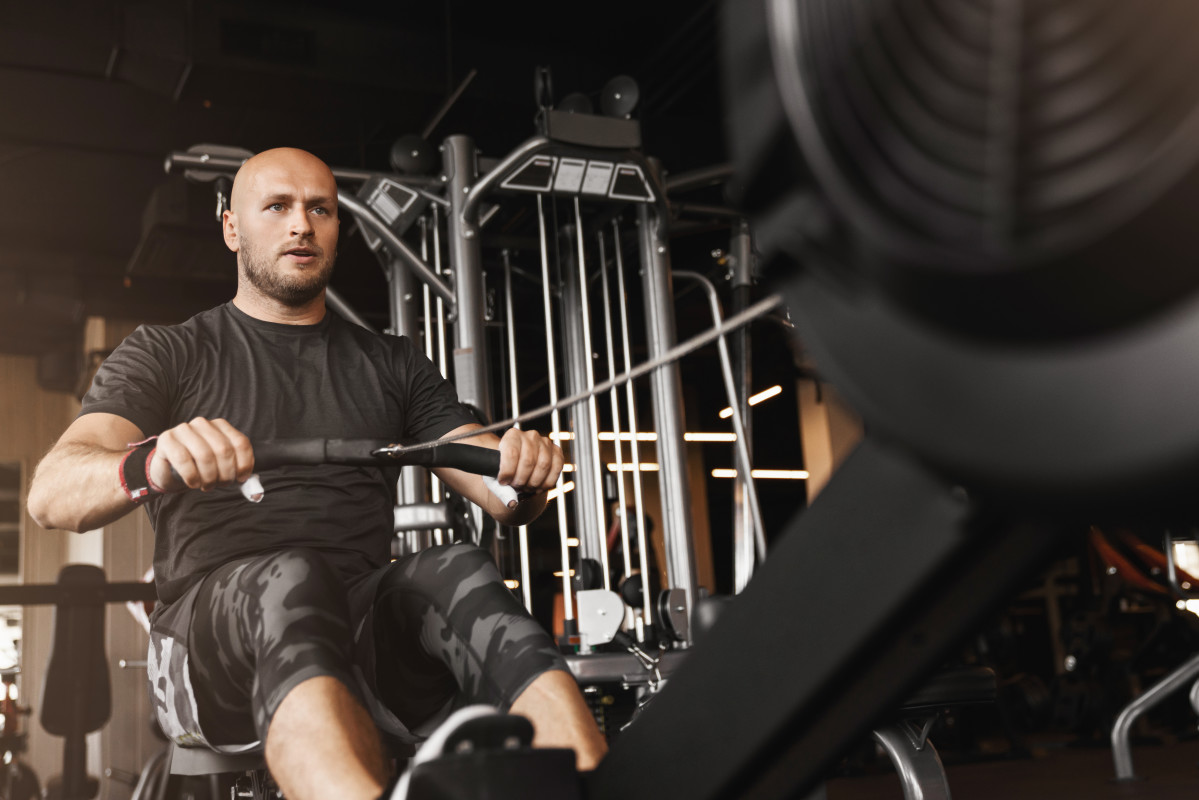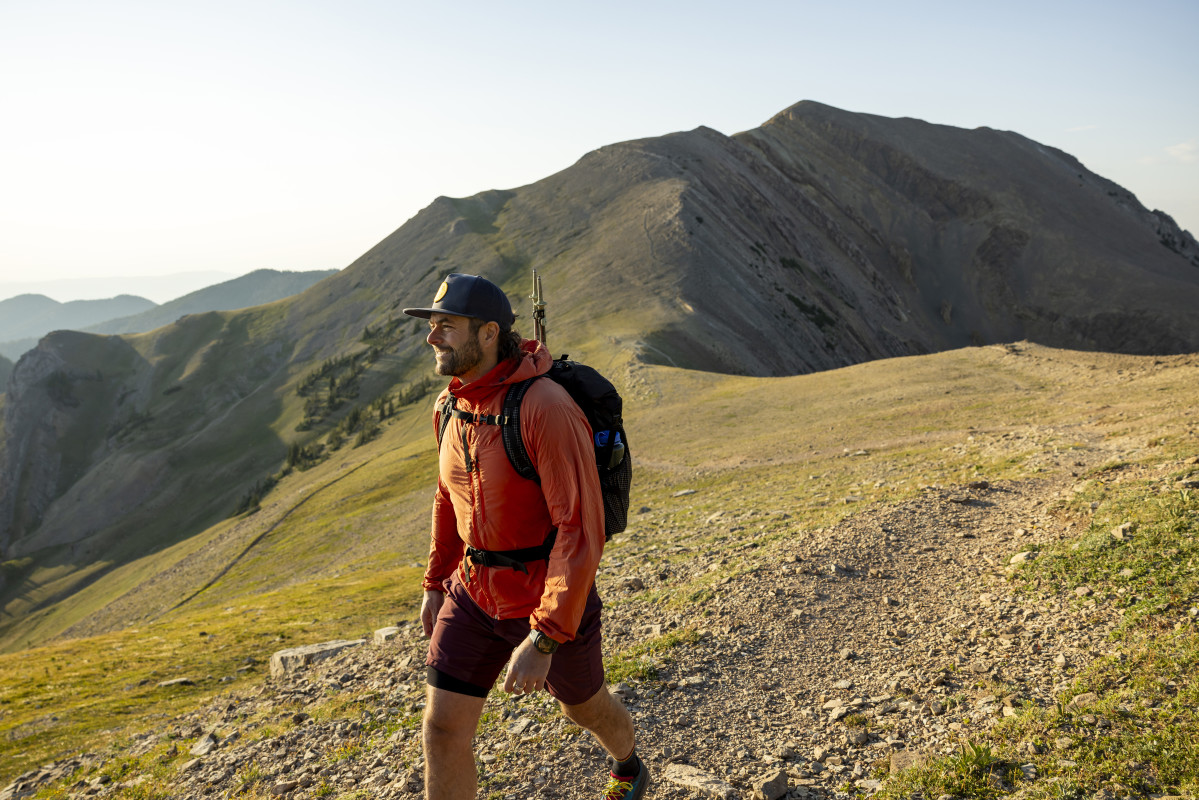The word “cardio” is one that very few people get excited about when preparing for a workout. While there are several ways to integrate cardio into your workout routine, most people opt for some form of running (distance, speed training, etc.) or any other common cardio exercise. Fortunately, as dreadful as prepping for your cardio may be, there is some good news. The positive returns of low-impact cardio workouts have become a hot-button topic, and there’s an argument to be made that using this approach will yield benefits well worth your while.
In recent months, many fitness gurus have taken the deep dive into low-impact cardio, a topic that has received increased interest throughout 2025. But recent comments from fitness coach/expert Stephanie Mansour stood out. Mansour, who’s also a fitness contributor on NBC’s Today Show, highlighted several benefits of low-impact cardio.
Why Fitness Experts Recommend Low-Impact Cardio

It’s worth noting before diving headfirst into low-impact cardio that your approach will likely need to vary depending on your personal goals and how your fitness journey is unfolding. However, when detailing a 31-day workout regimen on the Today Show, Mansour highlighted the benefits of the “Low-Impact Cardio & Core Challenge,” which go well beyond physical results.
Here is a look at a few noteworthy benefits that Mansour breaks down regarding low-impact cardio:
- Boost to your mood
- Helps reduce stress
- Increased energy
- Better metabolism
- Increased upper and lower-body strength
- Improved cardiovascular endurance and strength
- Easier on the joints than standard cardio
- Aids in weight loss and burns calories
The health and fitness expert’s advice correctly highlights that while some people feel great after running, many don’t. In turn, other options—specifically low-impact cardio exercises—can be a great choice, and even something as simple as walking can be effective, depending on your approach.
“People are starting to understand that they don’t have to do extreme or intense exercise in order to see physical results in their bodies,” says Mansour.
Mansour points to something many gymgoers who frequently lift weights emphasize—focusing on form.
“Low-impact exercise puts less pressure on the joints in the body. Less bouncing and jumping can help the body relax and doing lower-impact exercises can help you focus more on form instead of on impact,” says Mansour.
“You will still burn calories, speed up your metabolism, help reduce stress, and physically build muscle as well as increase your cardiovascular endurance and strength. Low-impact movement can also help to reduce joint pain, improve balance and coordination, and strengthen your bones and muscles.”
Low-Impact Cardio Routines That Build Muscle Strength

Like anything in the world of fitness and exercise, your approach to workouts will be catered to what you hope to get out of it. This unquestionably stands true regarding low-impact cardio workouts. If you’re jumping back into fitness, brisk walking for a set amount of time or a specific distance may be right up your alley.
However, if you’re already ingrained in the world of fitness, a low-impact cardio approach with a higher tempo, or one that also focuses on upper- or lower-body strength, will be a better option.
Here are a few options to consider for a cardio approach that’ll lighten the load on your joints while still letting you reap the benefits.
- Brisk walking: Best while ramping up your cardio. Have a set target for the amount of time or distance.
- Rowing: This is a great cardio workout that also strengthens muscles. You can use a rowing machine and set a time goal, while also going at a speed you’re comfortable with.
- Cycling: If you enjoy the outdoors, this could be a great cardio option. Cycling protects your knees and hips while also strengthening leg muscles and improving stamina.
- Swimming: There are many arguments that swimming is one of the best cardio workouts. Best of all, swimming essentially defines “low-impact cardio” due to how joint-friendly it is. This will work your entire body and build both upper- and lower-body strength.
- Hiking: If a lengthy walk isn’t quite enough for you, going on a hike is a fun and unique alternative. It will add the incline difficulty to your walk while building endurance, and hiking can also support mental well-being.
There are several additional great low-impact cardio exercises to consider, but the list above should include at least one or two approaches that align with your fitness goals. Personally, I’m a big fan of rowing and enjoy the combination of cardio and muscle work it provides. Everyone’s go-to workout methods are different, so find the one that’s right for you while enjoying the added mental benefits of relieving stress, improving mood and energy, or whatever you hope to take away from a cardio session.
Related: Fitness Expert Reveals Shockingly Low Weekly Workout Hours Needed for Strength & Health
